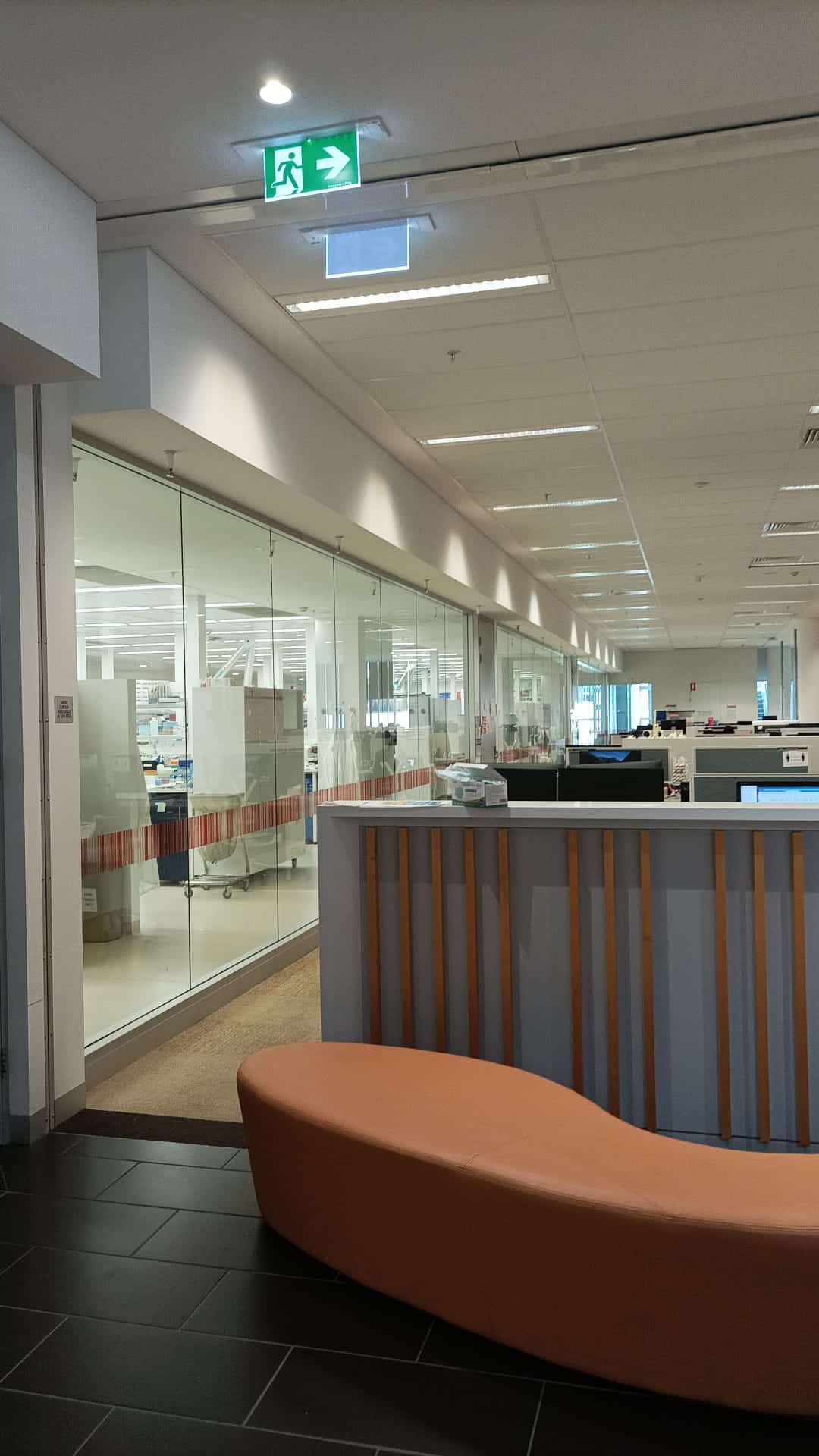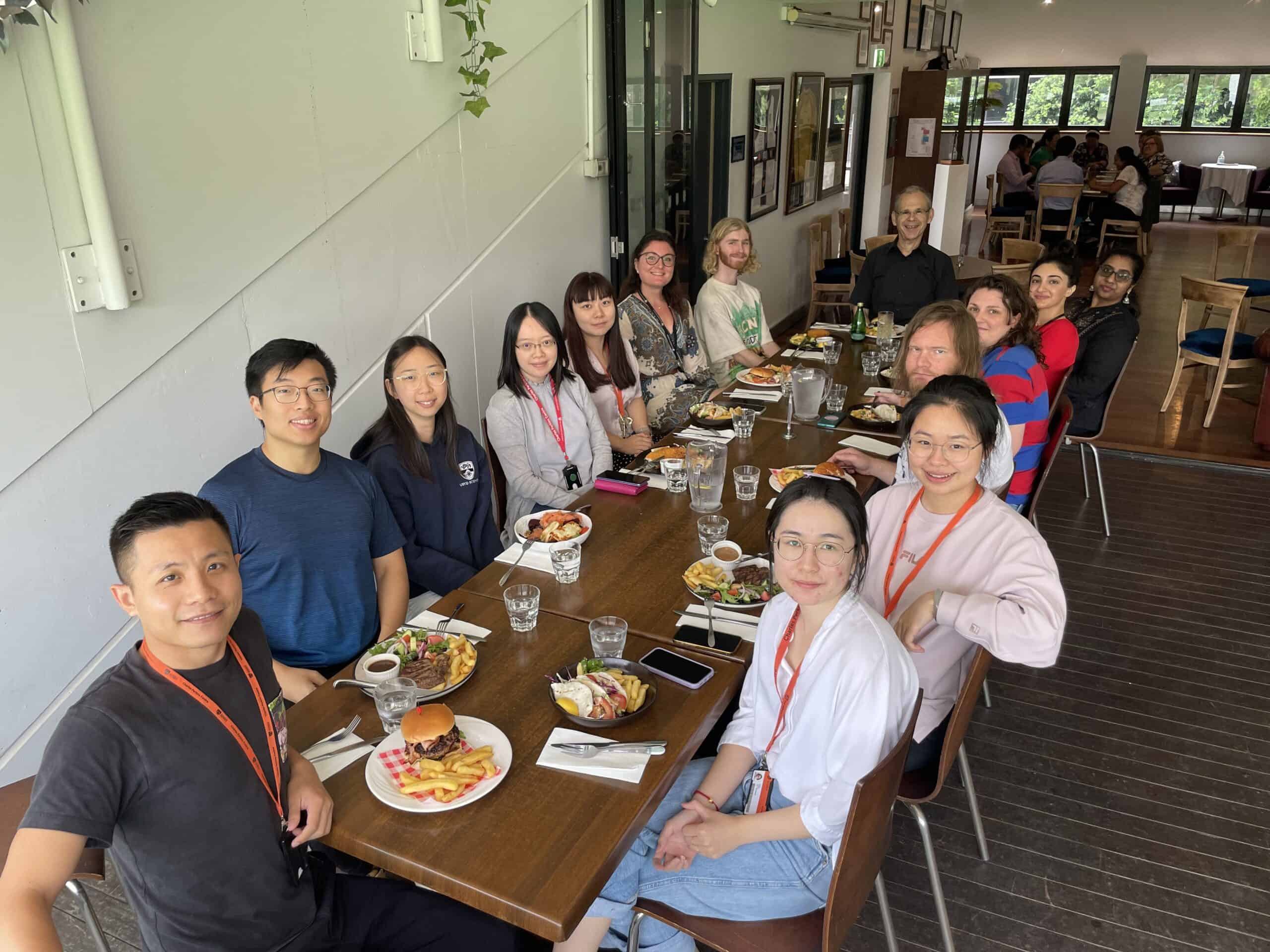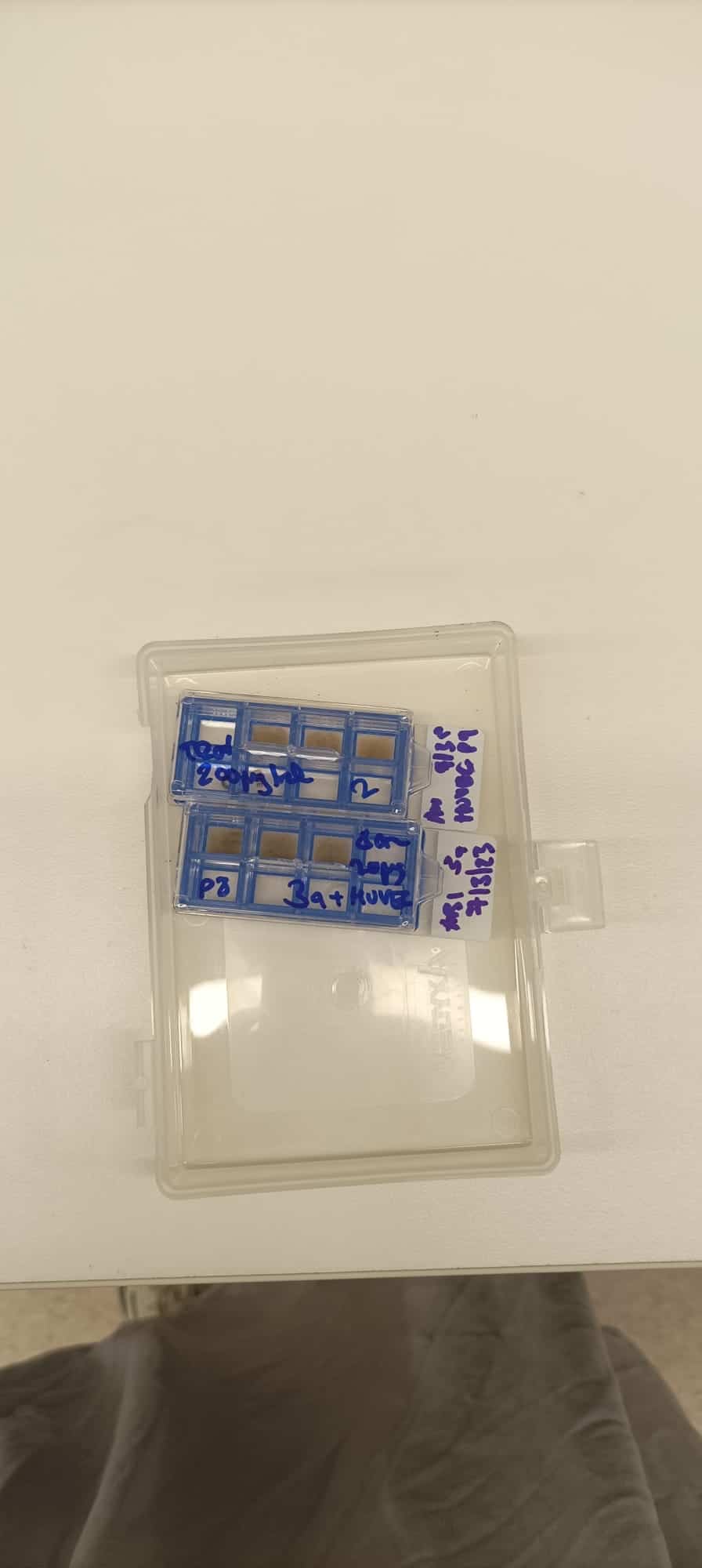LifETIME Down Under
By LifETIME CDT Student: Abigail Wright (She/Her) (University of Birmingham)
In Feb 2023, I worked within the research labs at the University of Sydney, Australia for 2 months. I was based within the Charles Perkins Centre – a multimillion pound hub facilitating ground-breaking medical research. These labs are partly funded by the Australian government, to accelerate research into the understanding and treatment of major health concerns, such as osteoarthritis and heart disease.
I worked under the supervision of Prof. Tony Weiss – a leader in the field of tissue engineering, where researchers aim to make tissues outside of the body for cutting-edge therapies. I was inducted into the lab, which was shared by a variety of different research groups. I met researchers who are trying to understand and tackle antibiotic resistant bacteria, and those developing new treatments for people with heart and vascular conditions.
Despite the jet-lag and an 11 hour time difference, I settled in well and set up my work. While on placement, I was trying to optimise work we have previously done that allows us to make small replicate tissues of the tendon. Tendons connect bone to muscle, and so are an essential part of the musculoskeletal system, which allows us to move our bodies. Many people have limited mobility and joint pain as they age, due to the development of osteoarthritis which causes tissues such as the tendon to degrade and not
function correctly. Millions of people are affected by this condition, and it is one of the most common reasons people have limited mobility as they age. To understand why this happens and identify how we can treat it, having replicas of tendons in the lab would be incredibly useful. This is the aim of my project,
and the reason I am carrying out this research.
While we have been able to replicate some of the aspects of tendon tissue in lab-built models, we still need to optimise them to incorporate as many aspects of tendon tissue as possible. This is so they are able to give us a better understanding of what happens to tendons when people develop osteoarthritis, and how we can potentially treat it.
At the University of Sydney, Prof. Weiss has developed a way to produce one of the main components of tendon tissue, within the lab. This is a protein known as tropoelastin. By using this material like a building block, we can use it to make our tendon tissue replicas. I learnt many new analysis techniques to help us understand how well tropoelastin worked as a building material for our new and improved tendon replicas.
This included a technique known as vibrational spectroscopy, which I learnt within dedicated facilities at the University of Sydney. This machine emits a specific wavelength of light through our tendon replicas, and depending on how the light is absorbed, we are able to identify what chemicals are in our sample. In this way, we can detect the presence of our new material – tropoelastin – within our tendon models. Using a mixture of human tendon cells and tendon-relevant building materials, I was able to make these new and improved tendon models.
I have since been continuing this work upon returning to the UK, and I am back in the labs hoping to share this exciting data soon. I am very grateful for the opportunity to work with world leaders in tissue engineering and am optimistic these new relationships I have made will help accelerate research in this area.











